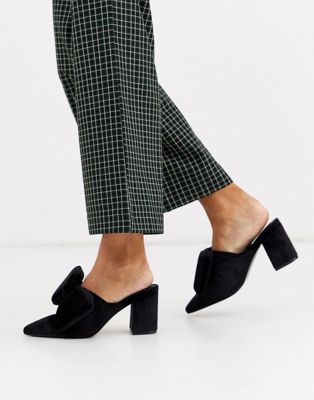На самом деле, высокие каблуки были изначально предназначены для мужчин и имели огромное практическое значение.
В 10 веке в Иране их носили солдаты кавалерии. Каблук помогал им оставаться устойчивыми, когда они вставали в стремена и целились во врагов луками и стрелами (в ковбойских сапогах до сих пор используется каблук). Со временем каблуки появились у обуви мужчин-аристократов по всей Европе.
С середины 17 века каблуки стали ассоциироваться с якобы «женскими» качествами, такими как легкомыслие, и стали атрибутом женской гардероба.
До середины 20 века каблуки были крупными, неуклюжими. После Второй мировой войны методы и материалы, используемые в авиастроении, были применены к обуви, создавая шпильки. Для тонкого каблука требуется тонкий металлический стержень, достаточно прочный, чтобы выдержать вес пользователя, но достаточно гибкий, чтобы позволить обуви двигаться.
Обувщики усовершенствовали каблуки, чтобы они были высокими и удобными. Каблуки призваны уменьшить угол, создаваемый высокой пяткой, которая заставляет несколько квадратных сантиметров подушечки стопы нести весь вес вашего тела.
Подошва поддерживает свод стопы и более равномерно распределяет вес пользователя. Ступни уникальны и редко идеально соответствуют стандартным размерам, проблема, которую нисходящий угол пяток усугубляет, поскольку он еще больше меняет их форму.
. . . .
High heels were, in fact, originally designed for men – and had an immensely practical purpose.
Soldiers on horseback wore them in 10 century in Iran. The heel helped keep them stable as they stood up in their stirrups and took aim at enemies with bows and arrows (cowboy boots still use heels in this way). Over time, heels appeared on the shoes of male aristocrats across Europe.
From the mid-17th century, heels became associated with supposedly “feminine” qualities such as frivolity, and so became women’s wear.
Until the mid-20th century heels were chunky, clunky things. After the second world war, techniques and materials used in aircraft engineering were applied to shoes, creating the stiletto. The spindly heel requires a thin metal shank, strong enough to bear the wearer’s weight yet flexible enough to allow the shoe to move.
Shoemakers and wearers have searched doggedly for a heel that is both high and comfortable. They aim to mitigate the angle created by a high heel, which forces the few square centimetres of the ball of your foot to bear the entire weight of your body.
The sole is crafted to support the arch of the foot and distribute the wearer’s weight more equally. Feet are unique and rarely conform perfectly to standard sizes, a problem that the downward angle of heels exacerbates as it changes their shape further. Growing numbers of companies make shoes with adjustable heels: two inches for the boardroom, four for the nightclub, none for the schlep home.
© Times of U

